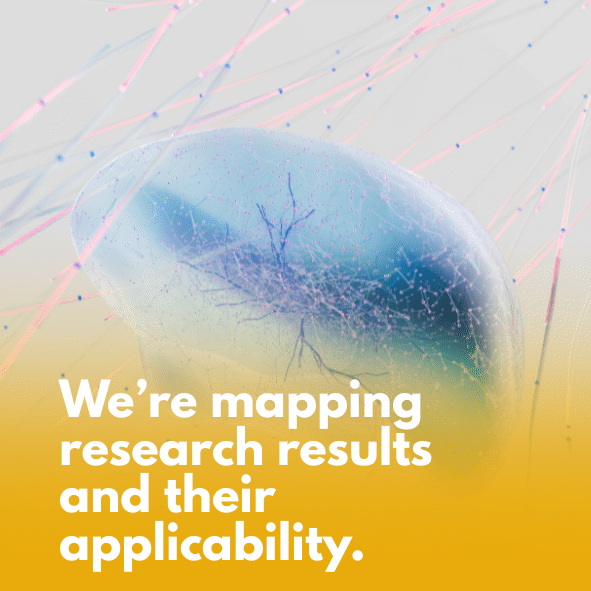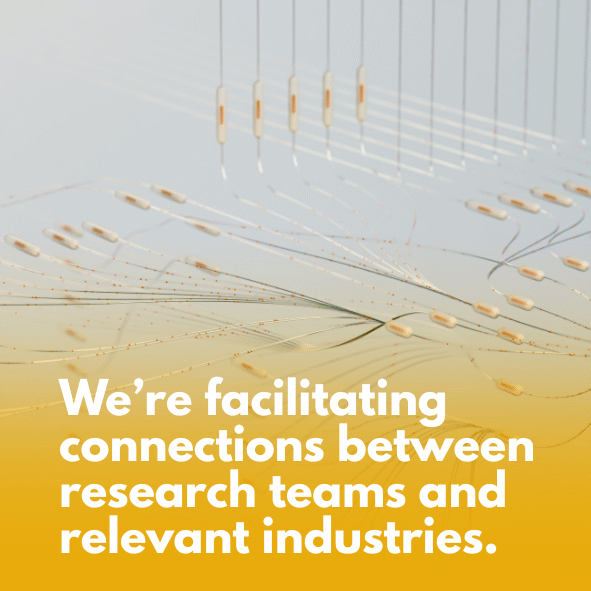
Northern Transylvania is becoming an increasingly important hub for innovation and technology transfer, thanks to the collaboration between universities, research centers, businesses, and public administration.
The technology transfer process facilitates the transformation of research results into products and services with economic and social impact.
Technology transfer in the North-West of Romania has considerable potential, but it requires an integrated strategy to support collaboration between the academic and private sectors.
One of INNO's goals is to build a bridge between research and entrepreneurship, between idea and product, between academia and business.
All of this is under the umbrella of a framework program designed to fill gaps and missing links in the regional ecosystem.

We inventory research results with the support of technology transfer centers to have an overview of the regional potential and identify ways to capitalize on them.

Once the general research directions are mapped, we connect research teams with industry players, either directly, based on private sector requests, or through matchmaking events.

We organize programs to capitalize on research results and create go-to-market strategies aimed at "translating" research outcomes into market language.
Northern Transylvania is an emerging hub for innovation and entrepreneurship, where collaboration between businesses, universities, and the public sector fosters the development of smart and sustainable solutions.
Through open innovation initiatives, we support the connection of startups, SMEs, and researchers with funding opportunities, strategic partnerships, and access to state-of-the-art research infrastructure.
Open Innovation is a model where companies, public institutions, and research organizations collaborate to create innovative solutions, breaking through traditional organizational boundaries. Instead of relying solely on internal resources, economic and social actors in a region can tap into external expertise, new technologies, and diverse perspectives to accelerate the innovation process.
Find out more:
Open innovation, open science, open to the world
Investing in research and innovation means investing in the future of Europe. It helps us remain globally competitive and preserve our unique social model. At the same time, it improves the everyday lives of millions of people in Europe and around the world, contributing to solving major societal challenges.
EU support for research and innovation adds value by encouraging cooperation between research teams from different countries and fields, a key aspect for achieving groundbreaking discoveries.
- Access to external ideas and talents
Companies can tap into ideas, technologies, and expertise from outside the organization, dramatically expanding their innovation potential. - Reducing time to market
By collaborating with external partners (startups, universities, clusters), companies can develop and launch innovative products much faster. - Sharing innovation risks
Investments and risks associated with developing new technologies are shared among multiple actors, making innovation more sustainable. - Leveraging unused internal ideas
Through open innovation, companies can license, sell, or co-develop their own technologies that would otherwise remain unexploited.
- Faster adaptation to market changes
Open innovation allows for the rapid integration of new technological trends or consumer behaviors, staying ahead of competitors. - Improving brand image and attractiveness
Innovative companies open to collaboration are perceived as dynamic, progressive, and attractive to talent and partners. - Creating new business models
Open innovation fosters the emergence of new business models based on co-creation, open platforms, and value-sharing. - Strengthening innovation ecosystems
Through open innovation, companies contribute to building collaborative networks (clusters, hubs, industrial networks) that support long-term innovation.
- Transforming research results into commercial products
Without technology transfer, many innovations would remain stuck in laboratories. Through transfer, ideas become useful products or services on the market. - Accelerating innovation in industry
Companies quickly access technologies developed by universities or research centers without investing years in their own research. - Increasing economic competitiveness
Countries or regions that facilitate technology transfer have more innovative companies, more dynamic industries, and a more resilient economy. - Maximizing public investments in research
Research programs funded with public money have a real impact on society only when their results are transferred to the economic environment.
- Supporting startups and innovative entrepreneurship
Technology transfer provides ideas, patents, and technologies that can serve as the foundation for new deep-tech businesses. - Improving quality of life
New technologies in health, energy, mobility, or education reach people faster through an efficient technology transfer process. - Creating innovation ecosystems
Universities, companies, investors, and local authorities collaborate around the technology transfer process, forming clusters and tech hubs. - Attracting private investments
Well-structured technology transfer projects are more likely to attract investors (business angels, venture capital funds) because they offer validated technologies with high market potential.
